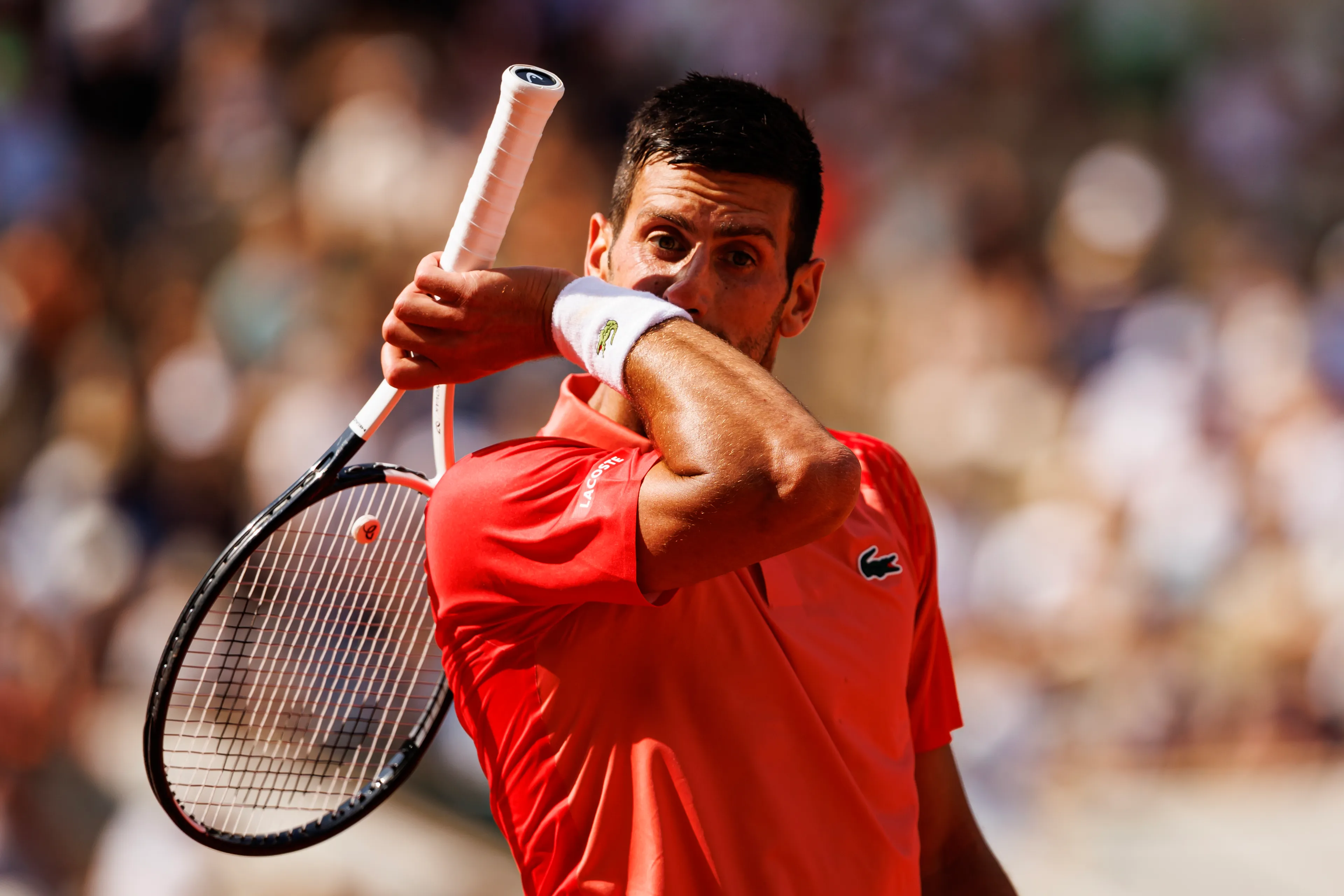
Many tennis players often wonder, can you alter the grip size of your tennis racket?
Even for those who haven’t got a high level of tennis experience, the grip size of a racket is very personal. Not only is it the part of the racket the player has direct contact with, it can even have an adverse impact on performance.
It can prove difficult to become used to a different grip size, so a common question I’m asked as a stringer is, can it be changed? And how difficult is it? Increasing grip size is certainly easier. The simple method of adding an extra overgrip on top of the current one can prove effective, and even Novak Djokovic has his rackets set up like this – although it is more likely for the way it softens the response from the racket somewhat.
However, I don’t recommend stacking three or more overgrips, as this will round out the racket handle, losing the all-important bevels as well as making the racket feel vague when hitting. A common way stingers will offer to increase grip size is with heat-shrink sleeves.
These are applied directly to the racket handle, shrunk to size with a heat gun. While this can certainly increase the grip size, I don’t recommend this method if consistency across rackets is important to you.
Often, the thickness of the heat shrink tube is not accurate and can increase the grip size slightly beyond the single step, resulting in the opposite problem for the owner. More significantly, heat shrink tubes add a great deal of weight to the racket – up to 18 grams in some cases – which destroys the finely-tuned weight and balance of the racket.
If you’re feeling braver, a racket’s grip size can also be increased by cutting very thin strips of balsa (or veneer) wood to size, and gluing it directly to each bevel. Balsa wood is considerably lighter than the heavy heat shrink tube, so this method has the potential to reduce the impact on the racket’s mass and balance.
Read also
While it’s unlikely a professional stringer or racket technician would offer this as a service, this may be a viable option for a hobbyist. Reducing grip size is much trickier, but there are a few methods that can suffice.
Removing the replacement grip and stacking two overgrips directly on the racket handle can approximate a single grip size reduction – albeit, without the cushioning of the main replacement grip, the racket will feel harsher to hit with.
It may be best to avoid this method if you are prone to developing blisters, but otherwise, this is something anyone can attempt, as it does not require any tools. Likewise, exchanging the standard replacement grip for a thinner version, such as Babolat Skin Feel or Prince Resithin, also reduces the grip size slightly and is a relatively easy change to make.
It may not reduce the handle by a full grip size, but the change is definitely noticeable. A further method occasionally suggested on tennis forums is sanding the racket handle to reduce its overall size. I do not recommend pursuing this.
Not only is it very difficult to sand off the correct amount of material, this method also incurs the real risk of “rounding out” the handle permanently – something that will make the racket very uneven and unpleasant to hit with.
The only way to fix this kind of damage is by re-moulding the handle. Re-moulding is the most effective and accurate way to obtain the desired grip size for a particular racket with minimal impact on the racket’s weight, balance, and feel.
The process involves destroying the old handle mould, and creating a brand new one around the carbon frame using specialist tools – to whit; this process is highly specialised and rather expensive. Only a handful of companies offer this as a service, with the few including Ring & Roll in Germany, RPNY in the USA, and Unstrung Customs in the UK – who in fact offer a service to create custom racket handle moulds, much like the top professional players have fitted to their custom rackets.
Some racket brands offer an alternative pathway, that is just as effective as re-moulding. If you own a Head racket, you may be in luck. Most head rackets use a pallet system instead of moulded handles, allowing the handle to be taken apart, and the pallets to be exchanged for ones of the desired size. Admittedly, this more difficult do than it sounds, but a good racket technician can put this together for you.
Read also
Loading







